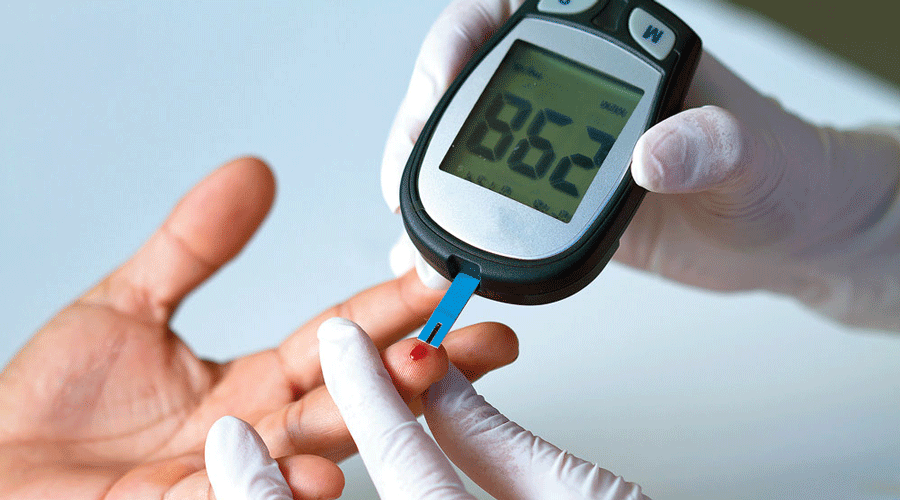Patients with diabetes who eat all their meals within a 10-hour daytime window have better blood sugar levels than those who eat over 14 hours or longer, research findings released on Monday have indicated.
A study based on a small sample of patients has found that a 10-hour time-restricted eating (TRE) regimen in which patients ate their last meal of the day around 6pm increased their time spent with normal blood sugar levels.
“Our results imply that adults with type-2 diabetes can benefit from a prolonged period of fasting whereby the last meal is eaten early in the evening,” Charlotte Adriessen, a researcher at the Maastricht University in the Netherlands and lead author of the study, told The Telegraph.
Nutrition experts have earlier explored TRE as a possible novel strategy to counteract possible detrimental impacts of eating throughout the day.
But most such studies were done on healthy, overweight or obese adults — not on diabetes patients. The earlier studies also examined very short eating time windows — between six and eight hours — which might be difficult for patients to adhere to every day.
Adriessen and her colleagues tested two eating regimens in a group of 14 diabetes patients — a 10-hour eating window versus a 14-hour eating window during the day, each regimen adopted for three weeks.
In the 10-hour window, patients had to consume their normal diet through the day but complete all food intake no later than 6pm. Outside that window, they could drink water, plain tea or black coffee, or zero-calorie soft drinks.
The researchers found that the improvement in blood glucose levels of the patients under the 10-hour window were largely driven by a fall in the night-time glucose levels that remained low throughout the night.
“The recommendation of multiple small meals per day can still be practiced, but maybe with an addition to refrain from energy intake after 6pm,” Adriessen said, cautioning that more studies would be needed to verify the findings.
She said larger, follow-up studies would be needed to guide treatment policies. “From our study we learned that a 10-hour daytime TRE regime is safe and feasible for adults with type-2 diabetes to adhere to and improves their glucose levels,” Adriessen said.
The study’s findings appeared in the journal Diabetologica on Monday. How exactly the 10-hour eating window lowers glucose levels remains unclear, the scientists said. The results show that the 10-hour window did not improve liver insulin sensitivity, energy breakdown, or liver fat content, all of which are impacted by diabetes.
The mechanisms too remain a subject of future research, the scientists said.












